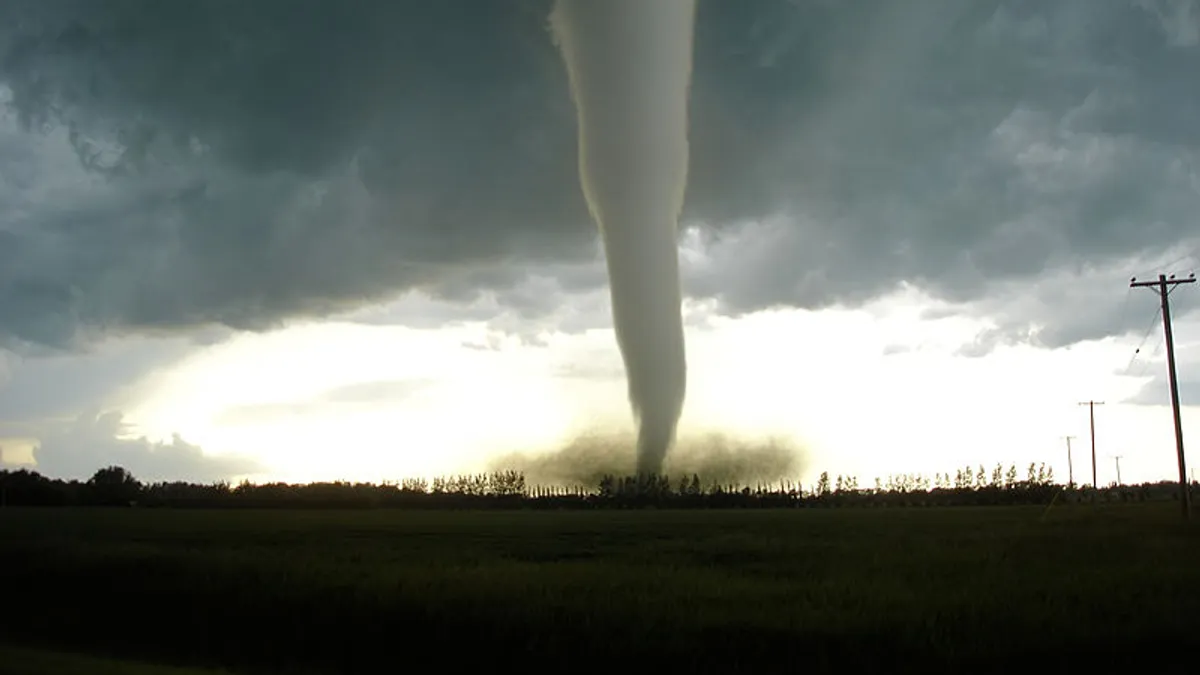Dive Brief:
- An independent engineer’s inspection of the damage sustained at the Red Oak Independent School District elementary school in Texas after it was struck by a tornado during Christmas week has revealed that the installation of fasteners was not in compliance with the plans and specifications, according to the Dallas Morning News.
- Independent engineering firm Lavi & Associates' report said the failure to install fasteners according to manufacturer's instructions "in combination with tornado wind loads, contributed to failure of these walls."
- However, in a document released by the school, Lalonde Engineering said it examined Lavi’s report and has reason to believe "the tornado, as rated by the National Weather Service, could have created actual wind pressure load on the walls two and a half times greater than the code required design force," playing a much larger role in the wall failure than the deviations Lavi described.
Dive Insight:
City employees did not perform inspections of Donald T. Shields Elementary during construction, but the school district instead hired an independent inspection firm, Bureau Veritas, according to the Morning News. School officials said Lavi has conducted additional inspections throughout the school and discovered further deficiencies in fastener installation.
"These deviations from the specified plans are unacceptable," Scott Niven, superintendent of Red Oak Independent School District, said in a statement. "The responsible parties will be held accountable."
Lavi was hired after allegations made by Texas engineer Timothy Marshall, who inspected post-storm damage as part of a volunteer Weather Channel team. The general contractor, Ratcliff Constructors, sent a letter to the school district in response to Marshall’s allegations of shoddy construction and said they had completed the work in accordance with plans and specifications.
If Lalonde is correct and the wind force was more than double what is covered in the Texas code, then perhaps it is time for Texas to consider an update to their building regulations. Florida’s Hurricane Andrew, which caused tens of billions of dollars in damages and killed more than 60 people in 1992, launched massive revisions of Florida building codes, especially those involving wind.













